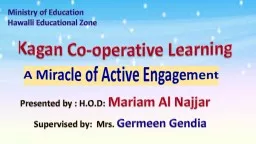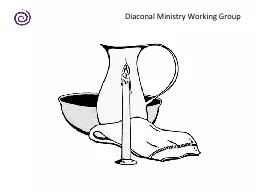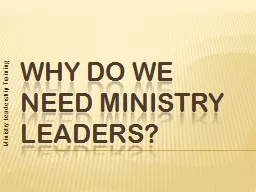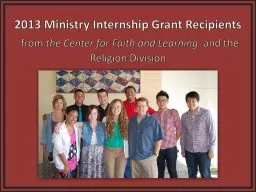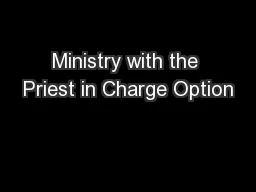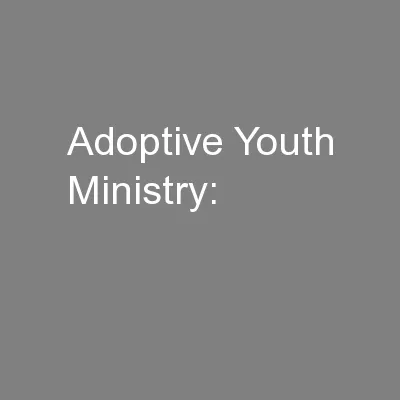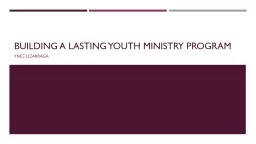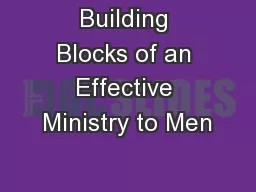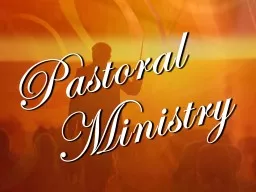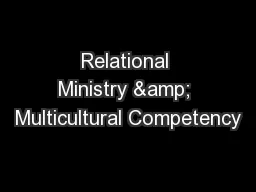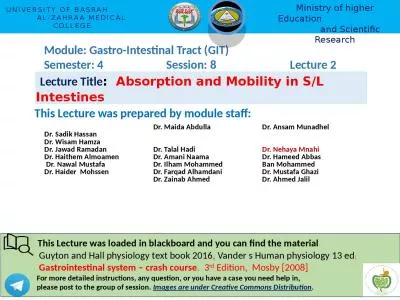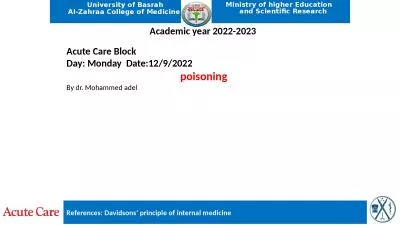PPT-Ministry of Education
Author : ellena-manuel | Published Date : 2019-11-23
Ministry of Education Hawalli Educational Zone Kagan C ooperative Learning A Miracle of Active Engagement Presented by HOD Mariam Al Najjar Supervised by Mrs Germeen
Presentation Embed Code
Download Presentation
Download Presentation The PPT/PDF document "Ministry of Education" is the property of its rightful owner. Permission is granted to download and print the materials on this website for personal, non-commercial use only, and to display it on your personal computer provided you do not modify the materials and that you retain all copyright notices contained in the materials. By downloading content from our website, you accept the terms of this agreement.
Ministry of Education: Transcript
Download Rules Of Document
"Ministry of Education"The content belongs to its owner. You may download and print it for personal use, without modification, and keep all copyright notices. By downloading, you agree to these terms.
Related Documents

